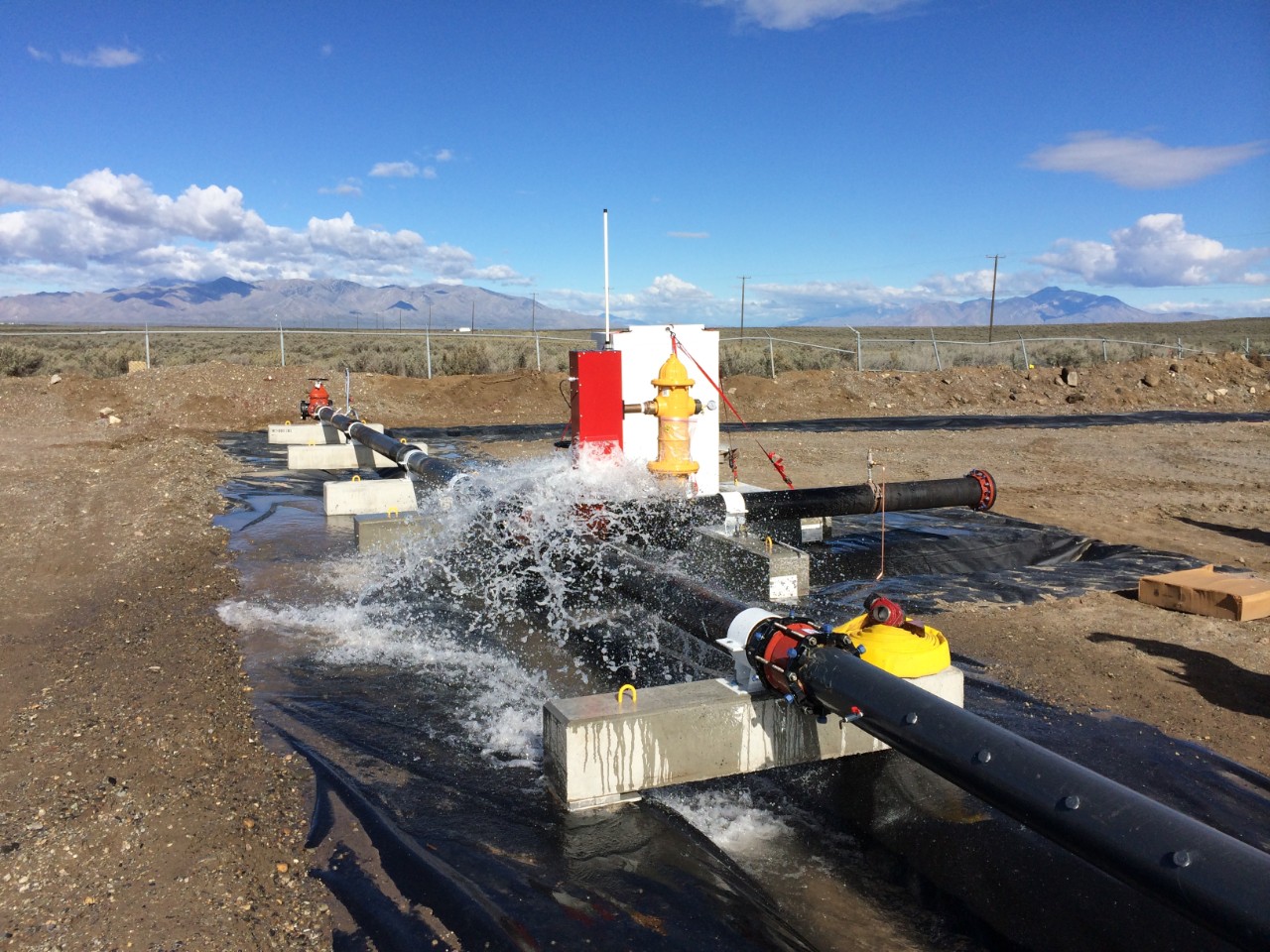
UC alumnus awarded for water infrastructure work
Jeff Szabo received the Flemming Award for his water infrastructure decontamination work at the EPA

UC environmental engineering alumnus Jeff Szabo. Photo/Provided
When you turn on your faucet, you probably don’t think how that water safely arrives to your home. But if that water were to suddenly become a biohazard, your lifestyle would immediately change. Researchers at the Environmental Protection Agency work to prevent and mitigate that situation.
“Water is one of those things like electricity or your car – you just take for granted that it’s available, clean and safe to drink,” says University of Cincinnati alumnus and EPA environmental engineer Jeff Szabo, Ph.D. “But contamination issues happen all the time.”
Szabo recently received the prestigious Arthur S. Flemming Award for his role in water infrastructure decontamination. The Flemming Award recognizes outstanding federal government employees for their commitment to public service.
Water is one of those things like electricity or your car – you just take for granted that it’s available, clean and safe to drink. But contamination issues happen all the time.
Jeff Szabo, UC alumnus and EPA environmental engineer
Szabo has worked for the EPA’s National Homeland Security Research Center since 2005. He currently conducts water infrastructure decontamination research at the EPA’s Test and Evaluation Facility in Cincinnati but also makes several trips a year to Idaho, where he applies his research to a full-scale water systems model, the Water Security Test Bed. There, Szabo and other researchers test how the water sector can respond to chemical, biological and radiological incidents (both intentional and unintentional), so that people can access safe drinking water, even in times of crisis.
Before working for the EPA or on the Water Security Test Bed, Szabo completed his undergraduate and graduate studies at UC, conducting EPA-funded research that addressed homeland security-related issues with drinking water and wastewater systems.

With fire hydrants and water pipes, researchers can simulate municipal water conditions above ground. Photo/Provided
“During my graduate studies, there wasn’t much known about what you could do if contaminants got into a water supply,” Szabo says. “I started doing work on a very small scale, simulating different types of pipe material and testing different ways to remove contaminants from these systems.”
Eventually, the EPA and its collaborators in the water sector wished to apply this work to a larger scale. Since researchers obviously can’t poison real water supplies, the EPA saw a need to build their own testing system. That’s how the Water Security Test Bed got started.
The Water Security Test Bed, funded through a collaboration between the EPA and the Idaho National Laboratory, sits about 50 miles east of Idaho Falls. The site once hosted nuclear reactors. The reactors and buildings long had been abandoned or demolished by the time the EPA and the lab arrived, but the water infrastructure was still intact. The existing infrastructure and remote location made the site an ideal location for a large-scale water test bed.

The Water Security Test Bed in Idaho is a test site that replicates a section of a typical municipal drinking water piping system. Photo/Provided
In addition to housing a full-scale water system, the test bed has smaller household appliances like dishwashers, laundry machines and water dispensers, so researchers can test how contaminated and decontaminated water is delivered directly to consumers.
Szabo and the researchers at the Water Security Test Bed are primarily concerned with testing treatment processes for three types of contaminants: Bacillus anthracis, the dangerous bacterium that causes anthrax; per- and polyfluoroalkyl substances, which are found in household products and firefighter foams; and petroleum products.

Water pipes can corrugate, which can affect the safety of drinking water. Photo/Provided
Researchers simulate a full-scale contamination with one of these substances (for Bacillus anthracis, the team uses a non-pathogenic surrogate) at the Water Security Test Bed and then apply various treatment processes to note their effectiveness. These treatment processes include flushing water at high pressures, applying disinfectants and physically scouring the pipes. When drinking supplies all over the country face similar contaminations, Szabo can use these test results to make recommendations for handling real crises.
Szabo sees a real need for the practical application of water treatment. “Water is so vital to everything going on,” he says. “Formulating solutions to ensure that everyone has safe, clean drinking water is a rewarding way to give back to the public.”
In an age where algae blooms, oil leaks and chemical spills regularly make headlines, Szabo and the EPA’s research offer insights that lead to effective crisis management strategies.
Featured image at top: A water pipe simulation is conducted at the Water Security Test Bed. Photo/Provided
Alumni Success
There are 285,000 living alumni of the University of Cincinnati. Read all about their impact at the UC Alumni Association page.
Related Stories
UC education allowed couple to make mark on Cincinnati
April 24, 2024
As a native of Defiance, Ohio, John Deatrick, CEAS ’79, says arriving in Cincinnati to attend the University of Cincinnati in 1963 felt like landing in New York City.
Engineering student studying flight physics of birds
April 24, 2024
After earning a bachelor's degree in mechanical engineering in Nepal, Sameer Pokhrel came to the United States to further his education. From an early age, he had a lifelong fascination with aviation. As an adult, he transformed this fascination into a career, pursuing a doctoral degree in aerospace engineering at the University of Cincinnati's historic program. Here, he has succeeded in research, instruction, and was recently named Graduate Student Engineer of the Month by the College of Engineering and Applied Science.
Engineering students present at third annual Expo
April 24, 2024
This spring, senior students at the University of Cincinnati's College of Engineering and Applied Science came together to present their final capstone projects at the third annual CEAS Expo. College faculty, staff, alumni and industry professionals attended the event to witness the innovation that is created at CEAS.
